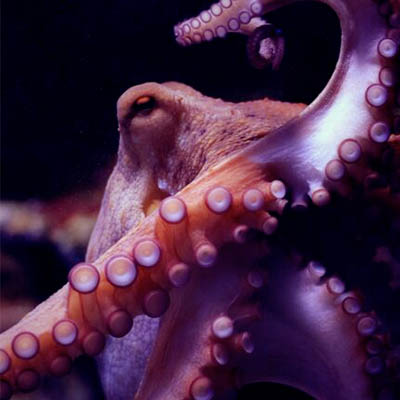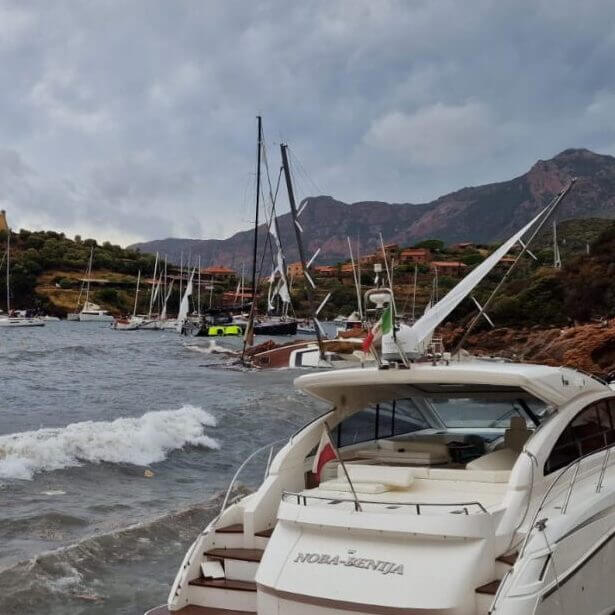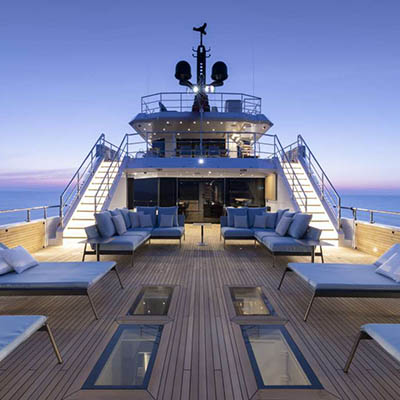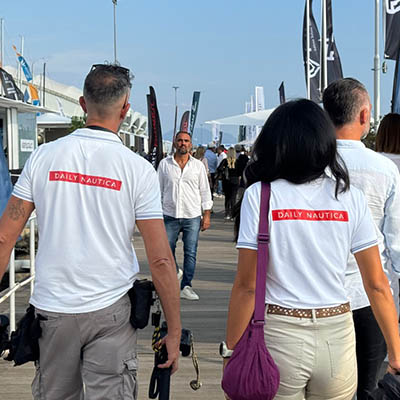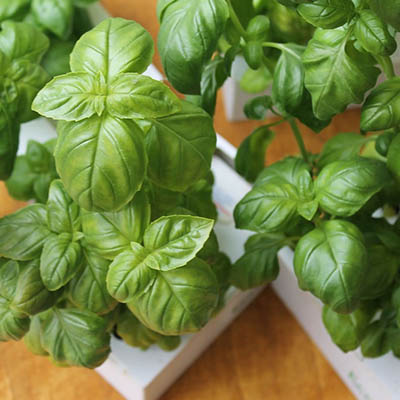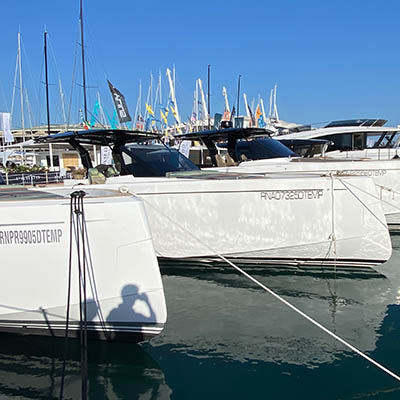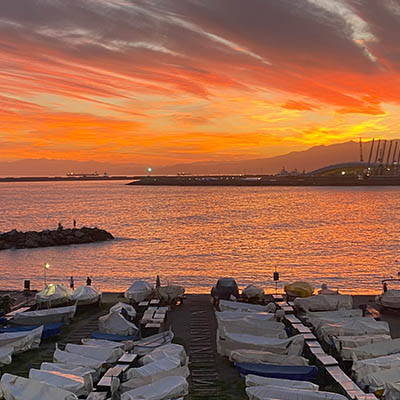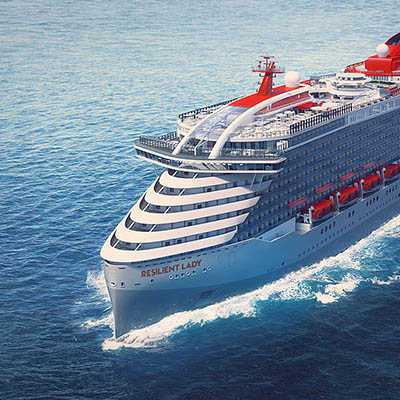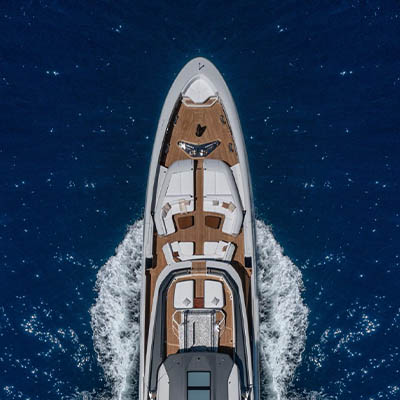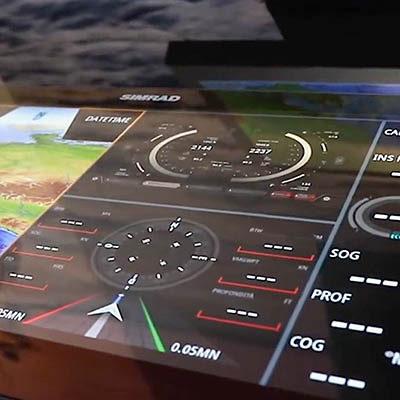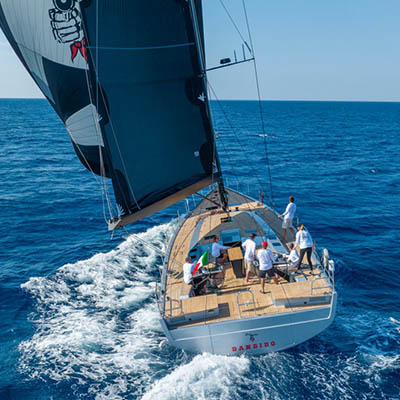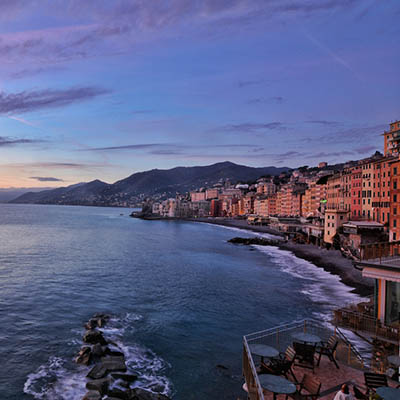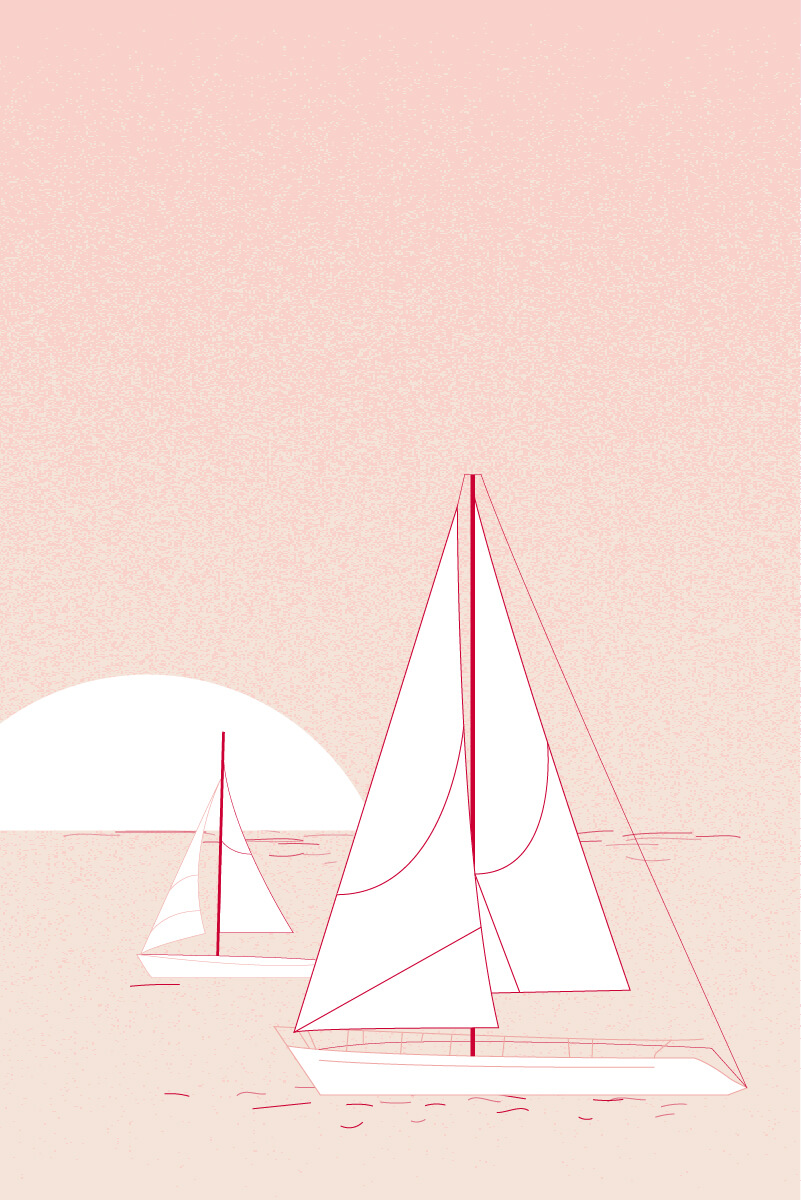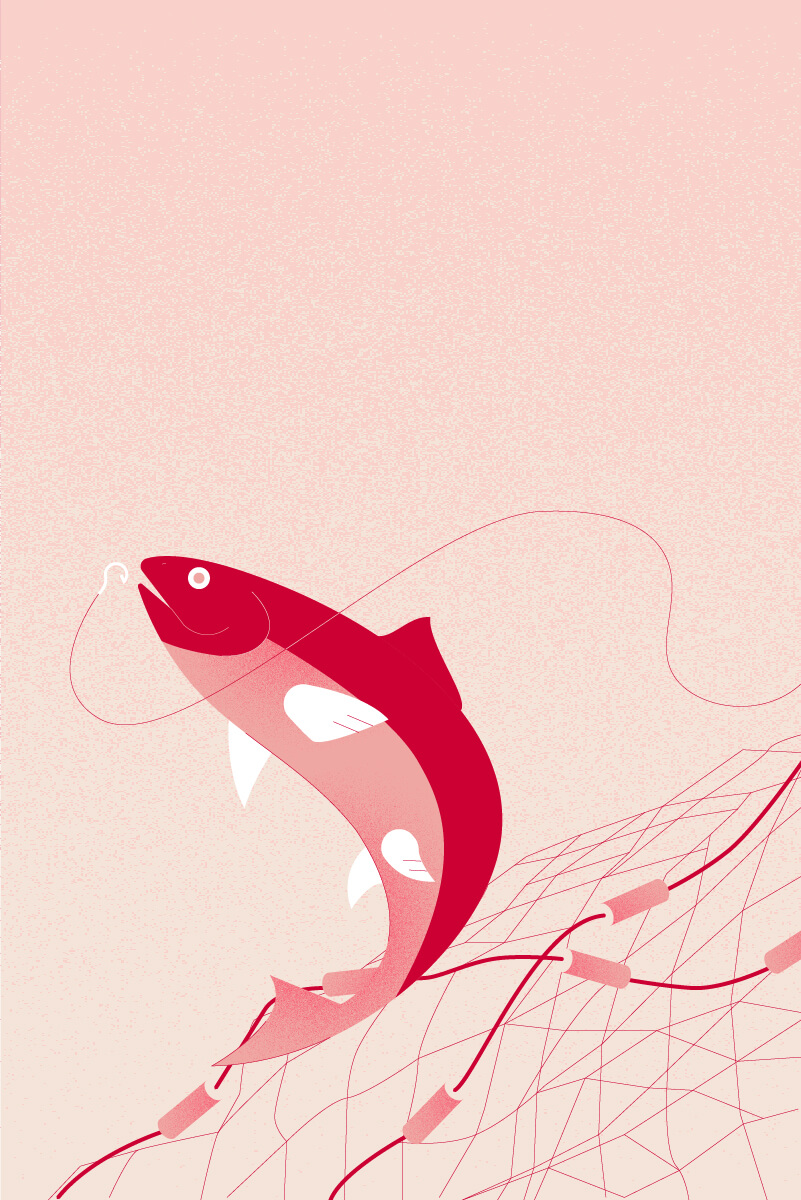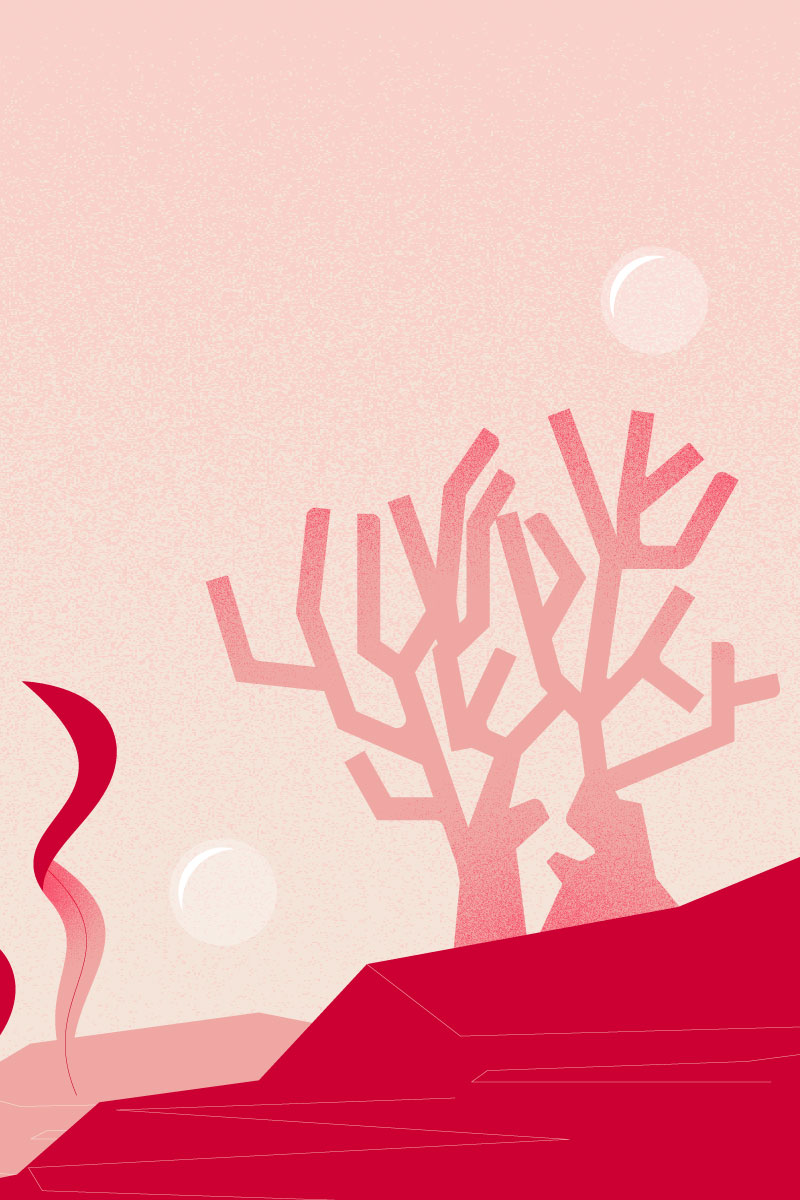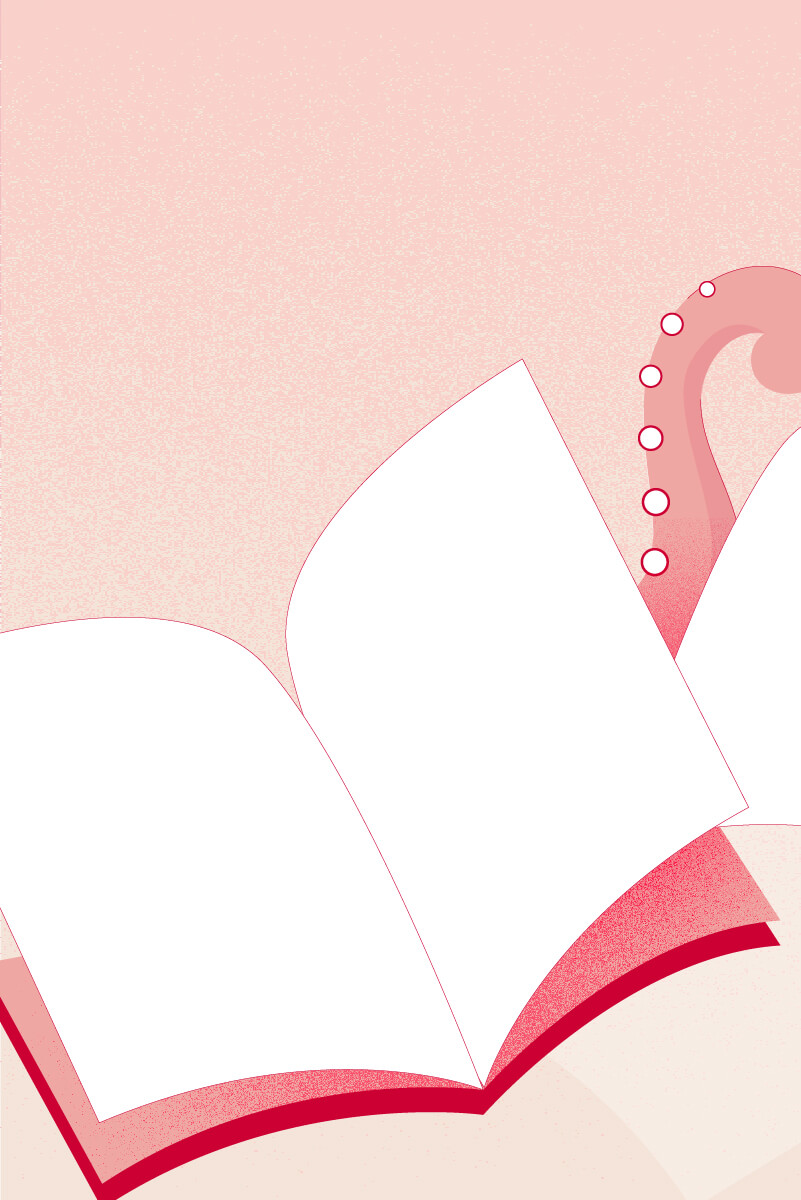Luna Rossa against Ineos: the last race to find the challenger of the America’s Cup
The last leg of the Prada Cup takes place on Saturday 13 February, the competition that will choose the challenger for Team New Zealand in the next America’s Cup. The difference between the two boats
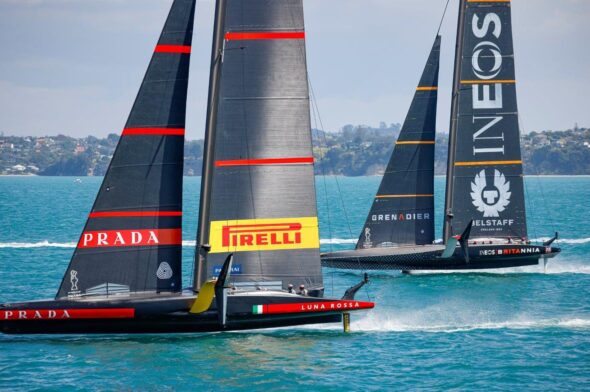
The last leg of the Prada Cup takes place on Saturday 13 February, the competition that will choose the challenger for Team New Zealand in the next America’s Cup. The difference between the two boats
The last leg of the Prada Cup takes place on Saturday 13 February, the competition will choose the challenger for Team New Zealand in the 36th America’s Cup. Waiting to take on the role of challenger are two European teams: Luna Rossa Prada Pirelli against Ineos Team Uk. The first competition of the series will take place Saturday 13 February from Auckland, starting at 16:12 New Zealand time.
Luna Rossa will be the first in the box with walls to the left. At the moment, the weather forecast shows average winds between 9 and 16 knots, which could be ideal for the race. The competition is for 13 races, the first to win 7 races will be the challenger at the America’s Cup.
Luna Rossa comes into the match with the English after having won against American Magic, which it beat 4-0. The team led by Francesco Bruni and James Spithill has much improved in communication and manoeuvring, and the boat seems to have made a decisive leap in performance. Indeed, Luna Rossa has proven itself fast even in strong winds, this previously being one of her weak points.
“We are expecting – said Max Sirena, skipper for Luna Rossa – to be able to use the manoeuvres we practised in training during the race. The Ineos chase boat is always watching us, which of course we also do with them, so there are not many secrets to keep hidden. Sometimes we like to show what we know how to do, and use it during the race. As Ben said, I think that the next few days will be very exciting.”
Compared to the last time Luna Rossa competed against Ineos, the Italian boat now has new foils, a modified mast, new sails and improved software and communication systems.
“We made many mistakes – remembered Sirena – when we competed against Ineos and we want to make a few less this time. I think that at the beginning of this campaign we were not very comfortable in strong winds. Especially because, for a number of reasons, we never encountered strong wind conditions after the boat was launched. But when we finished the Round Robin and began sailing in strong winds, we were able to understand what we needed. Now we are optimistic about our performance in a large range of conditions. We are ready to face any kind of wind.”
Britannia, which surprised everyone with its decided change in performance after the December race, has continued its solitary training, protected in its base and experimenting new materials and balance. Sir Ben Ainslie and Giles Scott are quite satisfied with the work they have done, and are certain that this time they have spent training has been productive and improved their speed.
“We worked intensely on the boat – explained Ben Ainslie, skipper for Ineos – and we used all our available time to make modifications. Our team has been working in every way to add on even the most minimal speed to the boat, because we know how important it is to be fast in this sport. It was hard, especially for the shore team, to turn the boat around in such a short time. We have to be ready to race in any condition. We have to beat the Italians in any kind of wind.”
There are important differences between the two boats, both from a technical and manoeuvring point of view. The most evident is regarding the afterguard: Luna Rossa has two helmsmen, Francesco Bruni and James Spithill, who never change position on board. Francesco is the left while Jimmy is right. They steer when they are upwind and control the flight when they are downwind. The only person who moves, going to the stern is the mainsail trimmer, Pietro Sibello, the one who is more free to observe the race and help Checco and Jimmy in making strategic decisions. On Luna Rossa, there are 8 grinders, the people creating the power needed to make adjustments. Some of them have the dual job and intervene in the manoeuvres.
The team is different on Ineos Team UK, which has a more traditional division of duties: Sir Ben Ainslie is the helmsman, Giles Scott is tactical and the two move with every change in tack or jibe, changing places with the main sail trimmer, Bleddyn Mon. An important difference can be seen in the fact that the English boat only has 6 grinders with a more direct transmission system and cranks that always turn in the same direction. In this way there are 5 people free, in addition to the helmsman and tactical, the trimmer and the two flight controllers who can also help the grinders.
Giuseppe Orrù
Topics: Ineos, Luna Rossa, Luna Rossa Team, New Zealand

